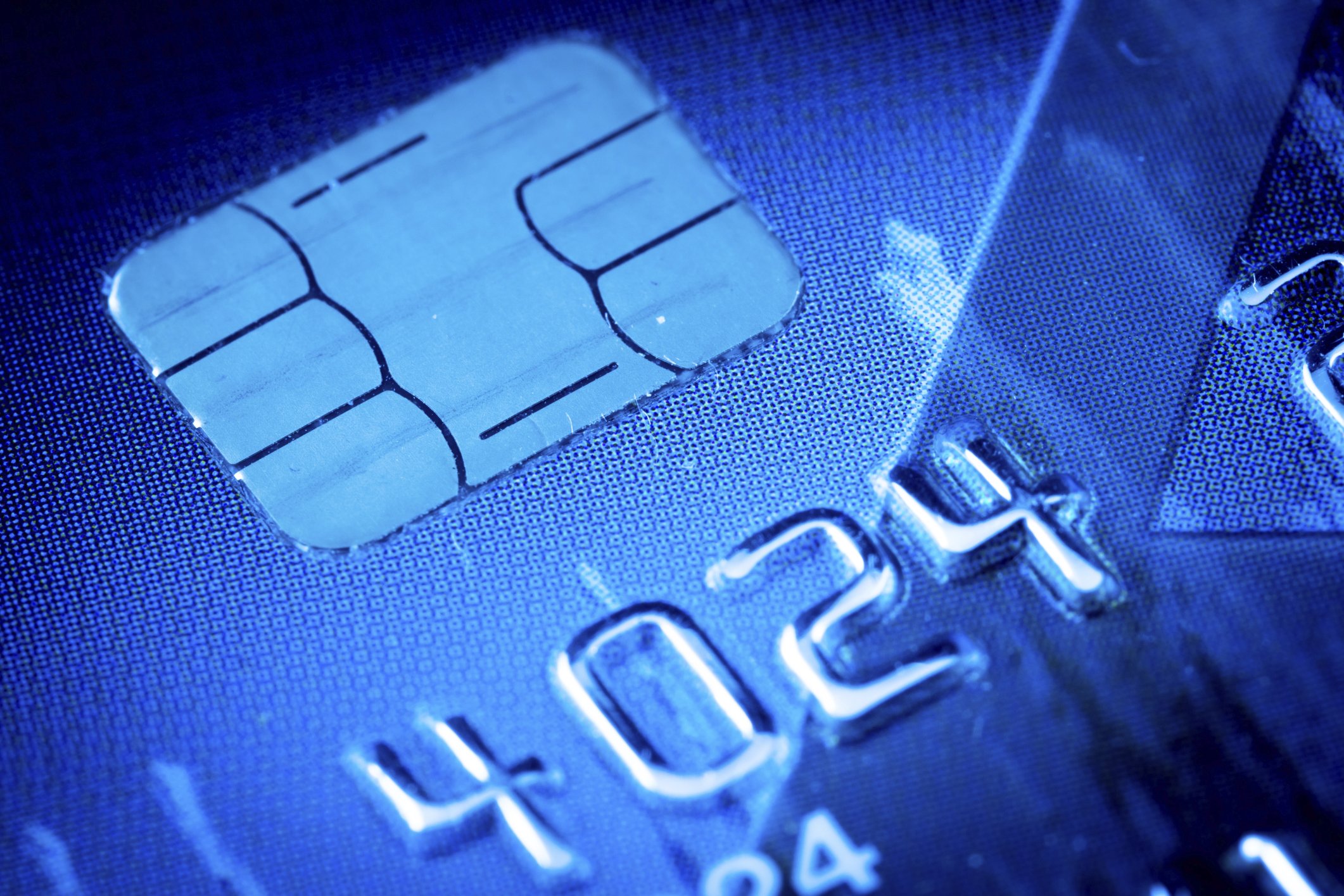
If you have a credit card, chances are you’ve received a replacement card at least once in the past year or so. Perhaps it expired, or maybe your card information was stolen in a data breach and the issuer had to change it. Meanwhile, some credit card users have started to get cards with a shiny piece of metal embedded in the plastic.
This is the start of the credit card revolution you’ve been hearing about. Credit cards with chips, or EMV payment cards, were a hot topic after Target suffered a massive data breach at the end of 2013, with some experts saying consumers would be better protected from such incidents if the U.S. had already adopted EMV, as much of the credit-card-using world has. The Target breach and others like it gave momentum to the chip movement, and the major credit card networks have all announced plans to migrate to EMV technology. (This is an upgrade from the decades-old magnetic stripe technology.)
Visa, MasterCard, American Express and Discover set an Oct. 1, 2015 deadline for issuers and merchants to enact EMV technology or be held liable for any fraudulent activity occurring on their cards or through their payment systems.
Merchants and credit card issuers are starting to prepare for this change, so yes, you can get an EMV card in the U.S., and you may already have one. How that little chip affects you depends on a variety of things.
“There’s two main flavors for EMV — there’s chip-and-PIN and chip-and-signature,” said Barry Mosteller, director of research and development CPI Card Group, a financial technology company. Credit card production is among its services. Both chip cards require you to dip the card into the terminal — sort of like the move you make when using an ATM, rather than the swiping we’re used to — and you confirm the purchase either by entering a PIN or providing a signature. Your card issuer determines if the card is a signature or PIN card, but even then, merchants can program their payment terminals to do a lot of things, too, like not requiring a PIN or a signature if a transaction is less than a certain dollar amount.
“As a merchant, I could still set it up that I would accept chip and signature even if it is chip and PIN,” Mosteller said. “You’re going to run into all of the above [scenarios].”
As for the difference between the cards, MasterCard explained it in an email:
“Chip-and-sig cards protect cardholders from counterfeit fraud. Chip-and-PIN cards protect against counterfeit as well as lost and stolen card fraud,” wrote Beth Kitchener, a business leader for MasterCard U.S. Markets Communications. “Consumers should contact their bank or card issuer to inquire about their chip card plans / which version they are or will offer (e.g., chip and signature or chip and pin).”
In summary: Yes, you can get a card with an EMV chip in the U.S., but call your issuer to inquire about your specific card, and expect to start using the chip later this year.
This article originally appeared on Credit.com and was written by Christine DiGangi.










